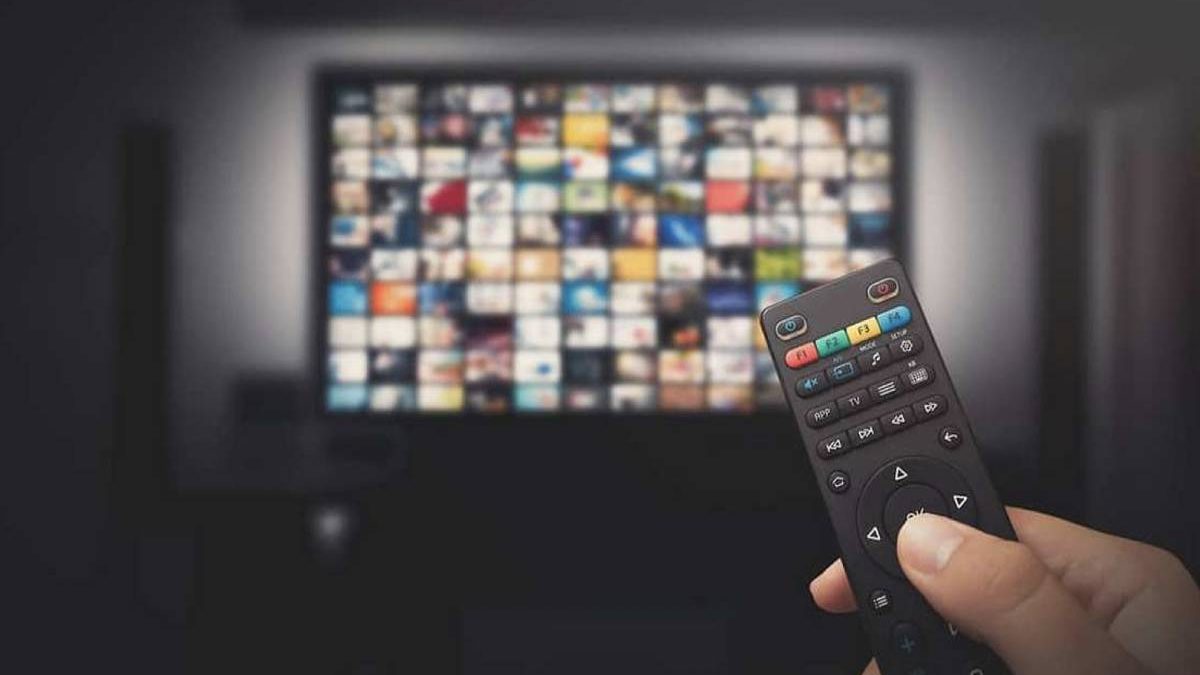Streaming Overload
Streaming once seemed like entertainment perfection, and it led many people to cut the cord. But that spurred an entertainment gold rush that has left many consumers feeling disenchanted.
Table of Contents
Consumer Research Indicates Streaming Breaking Point
We are in what some call the Golden Age of Television, and there is no end in sight. There is a lot of money to be made and market share to be claimed by the major media companies, and they need original, high-quality content in order to distinguish them from the many other offerings.
All of this jockeying has led to a great deal of consumer choice—perhaps too much. Even the media companies have made statements recognizing that they may be creating an environment that undermines what drew so many people in the first, and that fear is now being supported by consumer research. A recent study—The Future of OTT Aggregation—found that 20% of respondents felt that they subscribed to too many streaming services, which in this context is four to five, including free options.
Are We Headed Toward Bundled Options?
The study also found that many consumers were becoming exhausted with the current situation and that more than a third hoped that some form of aggregation would become available. Interestingly enough, even some of the major media companies have mentioned that aggregation could be a potential solution but have thus far been reticent to truly consider it.
The bottom line is that there is just too much power left to be claimed for any of them to start making concessions. Nevertheless, bundling or something similar does seems like a possible eventuality to curb consumer fatigue.
Addressing Fragmentation Will Not Be Simple
In the past, there was generally a distinction between the platforms and the content creators. Nowadays, they are largely one in and the same. Further complicating matters is that there is a lot of them, and while all have the core interest of making money, they all have different priorities beyond that. Many industry experts agree that solving the aggregation puzzle will be a win for all. It will drive revenue opportunities and lead to much better customer retention. The trick lies in convincing an organization like Sling TV, Netflix or Disney that sacrificing a bit now will lead to more later on.
It May Also Introduce Familiar Bundling Problems
For years, there was great demand for a la carte cable and satellite options, but the media companies had too much power. It entered the political discussion a number of times, but even those efforts mostly fell flat. One of the most alluring aspects of cutting the cord is that you pay for what you want for the most part and do not have an inflated bill that subsidizes a niche channel. A legitimate concern with addressing fragmentation is that it could reintroduce such problems into the mix.
The Path to Viewer Retention
Even the most successful streaming providers have a subscriber retention problem, and that problem is only getting worse. While there are more streaming subscribers than ever and the average American household subscribers to more services concurrently than ever before, these companies are also losing subscribers at never-before-seen rates. More and more consumers are subscribing to HBO Max, for instance, for a month and then moving on to whatever interests them the next.
The Road Ahead
The industry is in such an interesting place. There is little doubt that some major shakeups are on the horizon, but it is anyone’s guess whether the industry gets it right this time. We can definitely see a brightest timeline in which the consumers, the true content creators and the investors all win.

